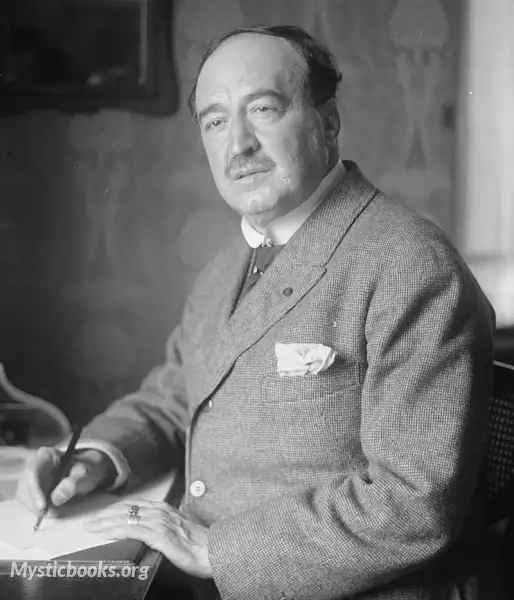
Timeline
Title
Country/Nationality
Vicente Blasco Ibanez
Vicente Blasco Ibáñez was a journalist, politician and bestselling Spanish novelist in various genres whose most widespread and lasting fame in the English-speaking world is from Hollywood films that were adapted from his works.
He was born in Valencia. At university, he studied law and graduated in 1888 but never went into practice since he was more interested in politics, journalism and literature. He was a particular fan of Miguel de Cervantes.
In politics, he was a militant Republican partisan in his youth, and he founded the newspaper El Pueblo (translated as The People) in his hometown. The newspaper aroused so much controversy that it was taken to court many times. In 1896, he was arrested and sentenced to a few months in prison. He made many enemies and was shot and almost killed in one dispute. The bullet was caught in the clasp of his belt. He had several stormy love affairs.
He volunteered as the proofreader for the novel Noli Me Tangere in which the Filipino patriot José Rizal expressed his contempt of the Spanish colonization of the Philippines.
He traveled to Argentina in 1909 where two new settlements, Nueva Valencia, and Cervantes, were created. He gave conferences on historical events and Spanish literature. Tired and disgusted with government failures and inaction, he moved to Paris at the beginning of the First World War. Living in Paris, he had been introduced to the poet and writer Robert W. Service by their mutual publisher Fisher Unwin, who asked Service to act as an interpreter for a contract concerning Ibáñez.
He was a supporter of the Allies during the First World War.
He died in Menton, France in 1928, the day before his 61st birthday, in the residence of Fontana Rosa (also named the House of Writers, dedicated to Miguel de Cervantes, Charles Dickens and Honoré de Balzac) that he had built.
He had expressed his desire that his body would return to Valencia when Spain became a republic. In October 1933, his remains were carried by the Spanish battleship Jaime I to Valencia where authorities of the Second Spanish Republic received it. After several days of public homage, the coffin was deposited in a niche in the civil cemetery of Valencia. A mausoleum by Mariano Benlliure remained unfinished and was deposited in the Museum of Fine Arts in 1940. It was relocated to the Centre del Carme [es] in 1988 and, in 2017, back to the museum. It is planned that the mausoleum will be finished in 2021 and Blasco's remains stored in it.
Books by Vicente Blasco Ibanez
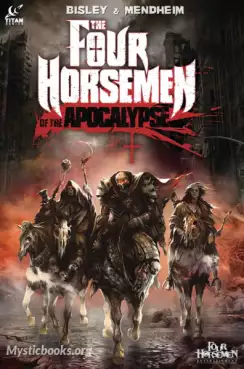
The Four Horsemen of the Apocalypse
In John's revelation, the first horseman rides on a white horse, carries a bow, and is given a crown – he rides forward as a figure of Conquest, perhaps invoking Pestilence, Christ, or the Antichrist. The second carries a sword and rides a red horse...
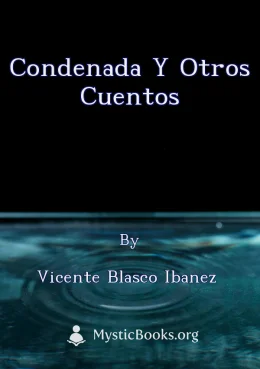
Condenada y Otros Cuentos
This collection of short stories by Vicente Blasco Ibáñez offers a glimpse into the lives of ordinary people in early 20th-century Spain. The stories explore themes of love, loss, fate, and the struggle for survival. The settings are diverse, ranging...
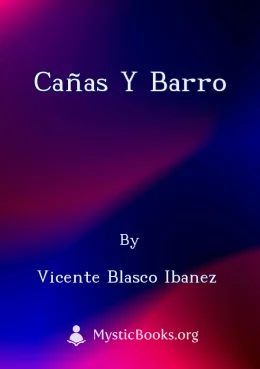
Cañas y barro
Cañas y Barro is a novel by Vicente Blasco Ibáñez, set in the picturesque region of La Albufera, a lagoon near Valencia, Spain. It follows the lives of the Paloma family, whose generations have built their reputation as skilled fishermen and boatmen...
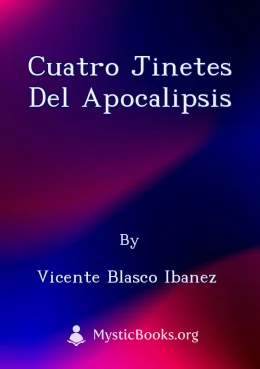
cuatro jinetes del apocalipsis
Set against the backdrop of World War I, "The Four Horsemen of the Apocalypse" follows the intertwined fates of two families from the same ancestral line, torn apart by the war. Julio Desnoyers, a wealthy and carefree artist, undergoes a profound tra...
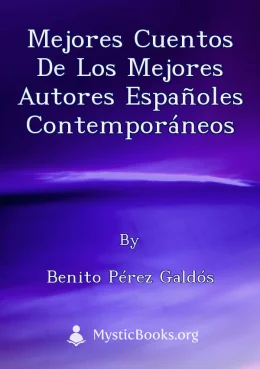
mejores cuentos de los mejores autores españoles contemporáneos
Esta antología reúne una selección de cuentos de autores españoles del siglo XIX, incluyendo nombres como Benito Pérez Galdós, José Echegaray, Emilia Pardo Bazán, Vicente Blasco Ibáñez, Ramón Valle-Inclán, Joaquín Dicenta, y Palacio Valdés. Los cuent...
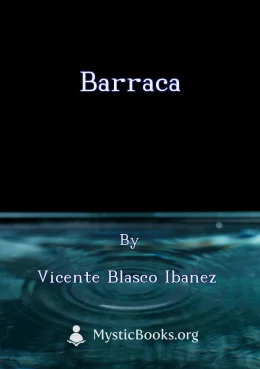
Barraca
Barraca is a novel by Vicente Blasco Ibáñez that tells the story of Batiste and his family, who move to the Valencian countryside to work on abandoned land. The novel explores the themes of poverty, class struggle, and the harsh realities of rural li...
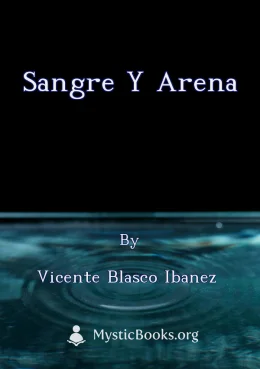
Sangre y arena
Set in 19th-century Seville, "Blood and Sand" follows the rise and fall of Juan Gallardo, a young bullfighter from a humble background. As Juan's fame grows, he struggles to balance his career, personal relationships, and the temptations that come wi...
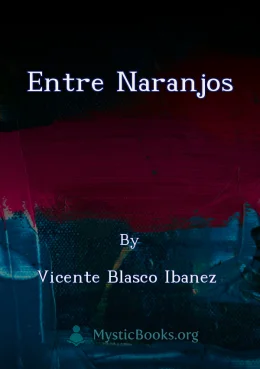
Entre naranjos
Set in the early 19th century in the town of Alcira, "Entre naranjos" tells the story of Rafael, a young landowner and politician, and Leonora, a renowned opera singer. Their love affair is forbidden by their families and society, and they must overc...
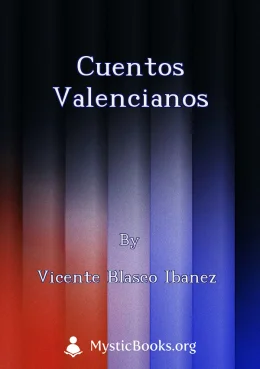
Cuentos valencianos
Cuentos valencianos is a collection of 13 short stories that delve into the rich cultural heritage and traditions of Valencia, Spain. Written by renowned author Vicente Blasco Ibáñez, these tales capture the essence of Valencian life through vivid de...